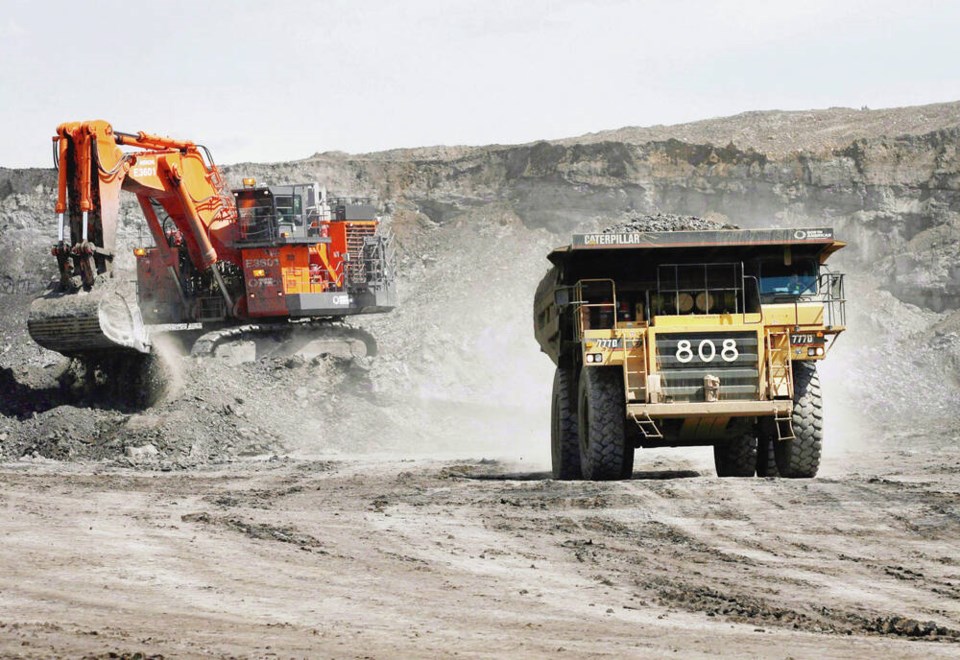The new Club of Rome report Earth For All addresses the two greatest challenges facing humanity: the massive and rapid ecological triple crisis of climate change, biodiversity loss and pollution — to which I would add resource depletion — and the social crisis of massive inequality.
Importantly, it links these two crises to a common source: the growth-obsessed neo-liberal extractivist economy. As a result, much of the report’s focus is on the need for “unprecedented economic shifts in a single generation — actually, within a single decade.”
While the term “extractivism” is being used more often in the critical analysis of the failures of our economic system, it is perhaps not a widely understood concept.
In brief, we have an economic system that extracts both renewable and non-renewable natural resources — often generating a lot of local and even regional or global ecological damage — then processes, distributes and uses them — again, often generating further ecological harm — and finally discards them, with further harm resulting.
But extractivism also has a social and human cost. Only too often, resources are extracted by large multinational corporations in low-income countries or disadvantaged communities where protection of workers, communities and the environment is lax, or poorly enforced, or undermined by corruption.
As a result, while ostensibly intended to create local development, the process can perpetuate poverty and poor living conditions, while creating local environmental harm.
Humans have extracted resources for millennia, but the scale of extraction today is massive and often unsustainable. It is well represented by the ecological footprint, which expresses our use of resources and generation of pollution (specifically, carbon dioxide) in terms of the amount of bio-productive land needed to support that activity.
This includes our use of crop and grazing land, forest land, fishing grounds and built-up land, as well as the amount of land needed to absorb our carbon dioxide emissions. It is, if anything, an underestimate, since it does not measure other forms of pollution, nor does it reflect the loss of biodiversity.
The most recent report from the Global Footprint Network and York University has data up to 2018.
Globally, we used at least 1.8 times the amount of bio-productive land available, usually expressed as 1.8 Earths; clearly, that is unsustainable.
But the demand placed on the Earth varies, with the 1.1 billion people in the 48 high-income countries using on average 3.8 Earths, while the 950 million people in the 36 low-income countries used only 0.7 Earths.
Canada has one of the largest footprints, at 5.1 Earths. In other words, we use 5.1 times our fair share of the Earth’s biocapacity and resources.
Meanwhile, almost 1 billion people in low-income countries lack the economic and social development needed to meet basic human needs for all. Clearly, the authors of Earth For All note, “low-income countries need to grow their economies,” adding that this can be done in an ecologically sustainable manner.
At the same time, it goes without saying, high-income countries — and for that matter, the 47 upper-middle-income countries (such as Algeria, Belize, Fiji or Malaysia) that have an average footprint of 2.2 Earths — need to reduce their footprints; in the case of Canada, by 80 per cent.
While this may seem daunting, it is worth remembering that 65 per cent of Canada’s footprint is attributable to our carbon emissions, which is another reason why the rapid shift to a low-carbon, net-zero energy system is so vitally important.
A shift to a low-meat diet would also significantly reduce our footprint, while improving our health. So, as the report’s authors say, this is doable.
The “‘five great turnarounds” proposed in Earth For All aim to “reduce unfair and unnecessary material footprints,” while at the same time ensuring that the rest of the world — the 3.8 billion people outside the high and high-middle-income countries — have a fair share of the Earth’s resources and are able to meet their human and social development needs.
I will describe the three “great turnarounds” that take aim at poverty, inequality and gender equity next week.
But our role, locally, must be to reduce our ecological footprint — especially our carbon and food footprints — while supporting federal policies that favour fair and clean development in low-income countries.
Dr. Trevor Hancock is a retired professor and senior scholar at the University of Victoria’s School of Public Health and Social Policy.



